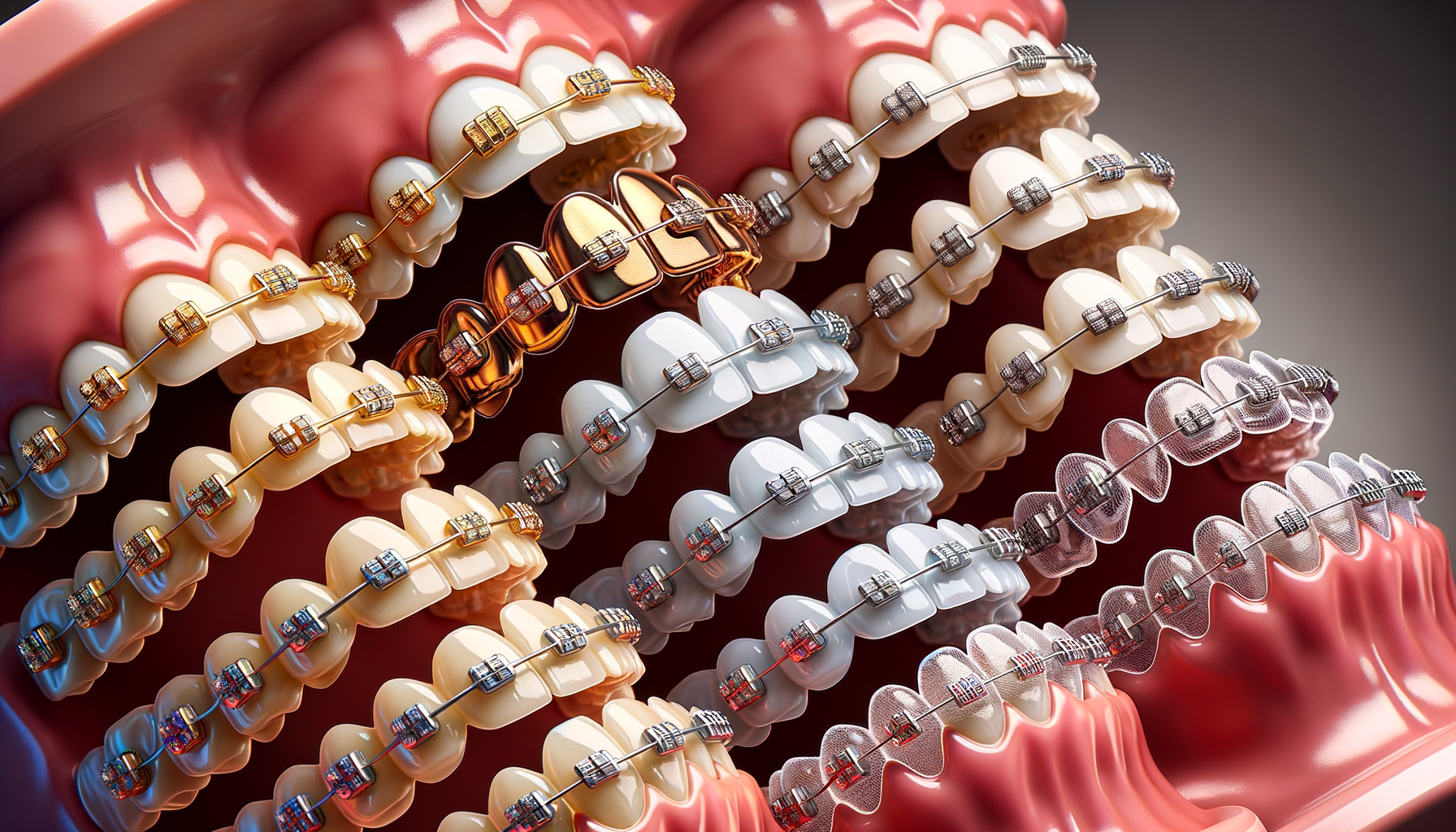
Explore Dental Braces Options That Fit Your Life Stage
Types of Dental Braces
When it comes to dental braces, the variety available today is impressive, catering to different needs and preferences. Traditional metal braces are the most common and have been used for decades. They consist of metal brackets and wires that gradually shift teeth into desired positions. Metal braces are durable and effective, making them a reliable choice for complex dental issues.
For those seeking a more aesthetic option, ceramic braces are worth considering. They function similarly to metal braces but use clear or tooth-colored brackets that blend with the teeth. While they are less noticeable, they require more care to prevent staining.
Lingual braces offer another discreet option by being placed on the back of the teeth, making them invisible from the front. They are custom-made and can be more challenging to clean, but they provide a hidden solution for those concerned about appearance.
Clear aligners are a modern alternative that has gained popularity due to their convenience and subtlety. Made from transparent plastic, they are removable and allow for easy maintenance of oral hygiene. However, they are typically recommended for less complex cases.
Cost of Braces by Age
The cost of braces varies significantly depending on the age of the patient and the type of braces chosen. For children and teenagers, the cost can be more manageable as they often qualify for orthodontic insurance coverage. Traditional metal braces for this age group can range from $3,000 to $7,000, while ceramic options might be slightly higher.
Adults, on the other hand, might face higher costs as insurance coverage is less common. Metal braces for adults can cost between $5,000 and $9,000, with ceramic and lingual options reaching even higher prices due to their specialized nature.
Clear aligners present a different pricing structure, often based on the complexity and duration of the treatment. They generally range from $3,000 to $8,000, with many providers offering payment plans to ease the financial burden.
It’s essential to consider that additional costs might arise from retainers, adjustments, and follow-up visits. Consulting with an orthodontist can provide a clearer picture of the total investment required.
Clear Aligners vs Traditional Braces
The choice between clear aligners and traditional braces depends on various factors, including lifestyle, dental needs, and personal preferences. Traditional braces are known for their effectiveness in treating complex dental issues. They are fixed, ensuring consistent pressure on the teeth, which can lead to faster results in some cases.
Clear aligners, however, offer a level of convenience that traditional braces cannot match. They are removable, allowing for easier eating and cleaning. This feature is particularly appealing to adults and teens who are conscious about their appearance and daily comfort.
While aligners are less noticeable, they require discipline in wearing them for the recommended 20-22 hours a day. They may not be suitable for severe orthodontic issues, which could necessitate traditional braces for effective treatment.
Ultimately, the decision should be made in consultation with an orthodontist, who can assess the specific needs and recommend the most appropriate option.
Factors to Consider When Choosing Braces
Choosing the right type of braces involves considering several factors that can influence both the treatment outcome and the patient’s experience. One of the primary considerations is the severity of the dental issue. Complex cases may require the robust capability of traditional braces, while simpler adjustments might benefit from the subtlety of clear aligners.
Age plays a significant role as well. Younger patients might adapt more easily to traditional braces, whereas adults often prefer the discretion of aligners or ceramic braces. Lifestyle and personal preferences also matter. For those involved in contact sports, aligners or mouthguards with braces might be necessary to prevent injury.
Cost is another critical factor. It’s important to balance the financial investment with the expected benefits and duration of treatment. Exploring insurance options, payment plans, and orthodontic consultations can provide a clearer understanding of the financial commitment involved.
Finally, the patient’s willingness to adhere to treatment requirements, such as wearing aligners consistently or maintaining oral hygiene, is crucial for success.
Final Thoughts on Choosing the Right Braces
Deciding on the type of braces is a significant step towards achieving a healthier, more confident smile. Each option comes with its unique benefits and challenges, making it essential to weigh all factors carefully. Whether opting for traditional metal braces, ceramic alternatives, lingual braces, or clear aligners, the choice should align with personal needs and lifestyle.
Consulting with an orthodontist can provide valuable insights and guidance, ensuring that the chosen treatment is tailored to achieve the best possible results. Remember, the journey to a perfect smile is a collaborative effort between the patient and their dental care provider. With the right choice, the path to improved dental health can be a rewarding experience.